
She Was Simply A Little Girl From Michigan — But Grew Up To Become One Of The Most Notorious Female Killers
Before she became infamous, before the trials, documentaries, and national media attention, Aileen Carol Wuornos was just a little girl in Rochester, Michigan. Born in 1956 to a teenage mother and a father she never knew, her early life was shaped by neglect, instability, and a profound absence of love.
Her mother, Diane, was only 14 when she married Leo Dale Pittman, a man who displayed violent tendencies and would later be diagnosed with mental illness. Pittman was convicted of sexually assaulting a minor, and by the time Aileen and her brother Keith were toddlers, he was in prison, eventually taking his own life. Aileen never saw him—not once.
Diane attempted to care for her children, but overwhelmed by her youth and lack of support, she abandoned them in 1960. At four and five years old, Aileen and Keith were left in the care of their grandparents, Lauri and Britta Wuornos. Diane later described leaving her children as the greatest regret of her life, but the damage was irreversible.
Life with her grandparents was far from nurturing. Britta struggled with alcoholism, while Lauri was verbally abusive and sometimes cruel. Relatives described the home as chaotic, tense, and emotionally unsafe. In this environment, Aileen rarely experienced affection. She later said warmth was something she learned to observe in others rather than receive herself.
A Childhood Shaped by Trauma
By the time she reached middle school, Aileen’s home life had worsened. At age 11, she began exchanging sexual acts for cigarettes, food, and small amounts of money—a survival strategy that highlighted the lack of protection around her. Teachers observed a girl who seemed older than her years, not through confidence but through the hardened resilience that comes from survival in a dangerous environment.
At 13, she became pregnant after what she claimed was sexual assault. Some speculated a family acquaintance was responsible, but no case was ever pursued. Sent to a home for unwed mothers, she gave birth and placed her son for adoption, returning home burdened by a secret she never chose to carry.
Soon after, tragedy compounded: her grandmother died, and her grandfather committed suicide within months. Aileen and her brother became wards of the state, moving through foster placements that were as unstable and emotionally neglectful as everything that had preceded them. She dropped out of school, sleeping in abandoned cars, wooded areas, or friends’ garages, often hitchhiking across Michigan and even as far as Colorado to survive.
It was during these years that Aileen turned to prostitution—not out of choice, but as a desperate means of survival. Alone, with no adult intervention or guidance, she navigated a life of constant risk and vulnerability.
Life on the Road and Early Criminal Behavior
Throughout her late teens and early twenties, Aileen lived a transient lifestyle, surviving through prostitution, theft, and occasional bar fights, often sparked by disputes over money or perceived disrespect. Police reports from this period reveal a growing criminal record, including charges for disorderly conduct, DUI, assault, and car theft.
By her mid-twenties, she had relocated to Florida, particularly around the Daytona Beach area, seeking work in truck stops, bars, and along highways frequently traveled by transient individuals. In 1986, she met Tyria Moore, a hotel maid, and they began a romantic relationship, living together in a precarious but intimate partnership. Aileen largely supported them through sex work, and while their relationship was close, it carried the weight of financial instability and emotional weariness.
The Murders That Shocked Florida
In December 1989, Richard Mallory, a 51-year-old electronics store owner, was found shot multiple times in the woods near Daytona Beach. Mallory had a history of assault charges—a fact later highlighted by Aileen’s defense team.
As investigators delved deeper, additional bodies were discovered across central Florida—men last seen traveling alone, often near highways. Victims included David Spears, Charles Carskaddon, Peter Siems, E. Troy Burress, Charles Humphreys, and Walter Antonio. A pattern emerged: men who offered her rides were being killed. Police identified Aileen through fingerprints left in one of the victim’s abandoned cars.
When questioned, she claimed self-defense, stating that the men had attempted to assault or harm her. She revealed years of sexual trauma and explained:
"I’ve been treated like dirt my whole life. It becomes a way of living. I’m not a man-hater. I’m a human being who was trying not to die."
Prosecutors, however, presented her murders as premeditated acts motivated by robbery, framing her as a cold and calculating killer.
Trial and Media Sensation
Aileen’s trial became a national spectacle. The media sensationalized her story, dubbing her “America’s First Female Serial Killer,” portraying her as aggressive, dangerous, and almost inhuman. Florida law allowed her past behaviors to be used as evidence, heavily influencing the jury. In 1992, she was convicted and received six death sentences.
In court, her words reflected both defiance and resignation:
"I am as guilty as can be. I want the world to know I killed these men. I killed them in cold blood. I’ve hated humans for a long time."
At other times, she insisted she had acted in self-defense, highlighting the complex duality of her life: a woman molded by abuse and trauma, capable of violence in response to fear and survival instincts.
Life on Death Row
Aileen spent her final years at Broward Correctional Institution. Interviews reveal her alternating between resignation, agitation, and reflective moments. She repeatedly requested that her execution be carried out, expressing exhaustion with life. In 2001, she said:
"There is no point in keeping me here. I’d just do it again."
On October 9, 2002, at age 46, Aileen Wuornos was executed by lethal injection. Her final words were cryptic, expressing a belief in her return:
"I’m sailing with the rock, and I’ll be back like Independence Day with Jesus. Big spaceship and all. I’ll be back."
Reflections on a Tragic Life
Aileen Wuornos’ crimes devastated families and left lasting scars on her victims’ communities. Yet her life also raises a haunting question: what becomes of a child who is never protected, never believed, and never loved in a way that teaches trust instead of fear?
Was she born dangerous, or was violence the only language she had ever been taught? Her life serves as both a tragic story and a societal warning—a cautionary tale of what can emerge when vulnerable children are neglected and left to navigate trauma alone.
Her story forces society to confront difficult truths about childhood trauma, the failures of protective systems, and the human cost of neglect and abuse. In examining Aileen Wuornos’ life, we see not only the consequences of her actions but the deep, unresolved questions of how society treats its most vulnerable members.
News in the same category


Seven Years Apart — One Roar of Recognition.

The Day Love Came in Sixes.
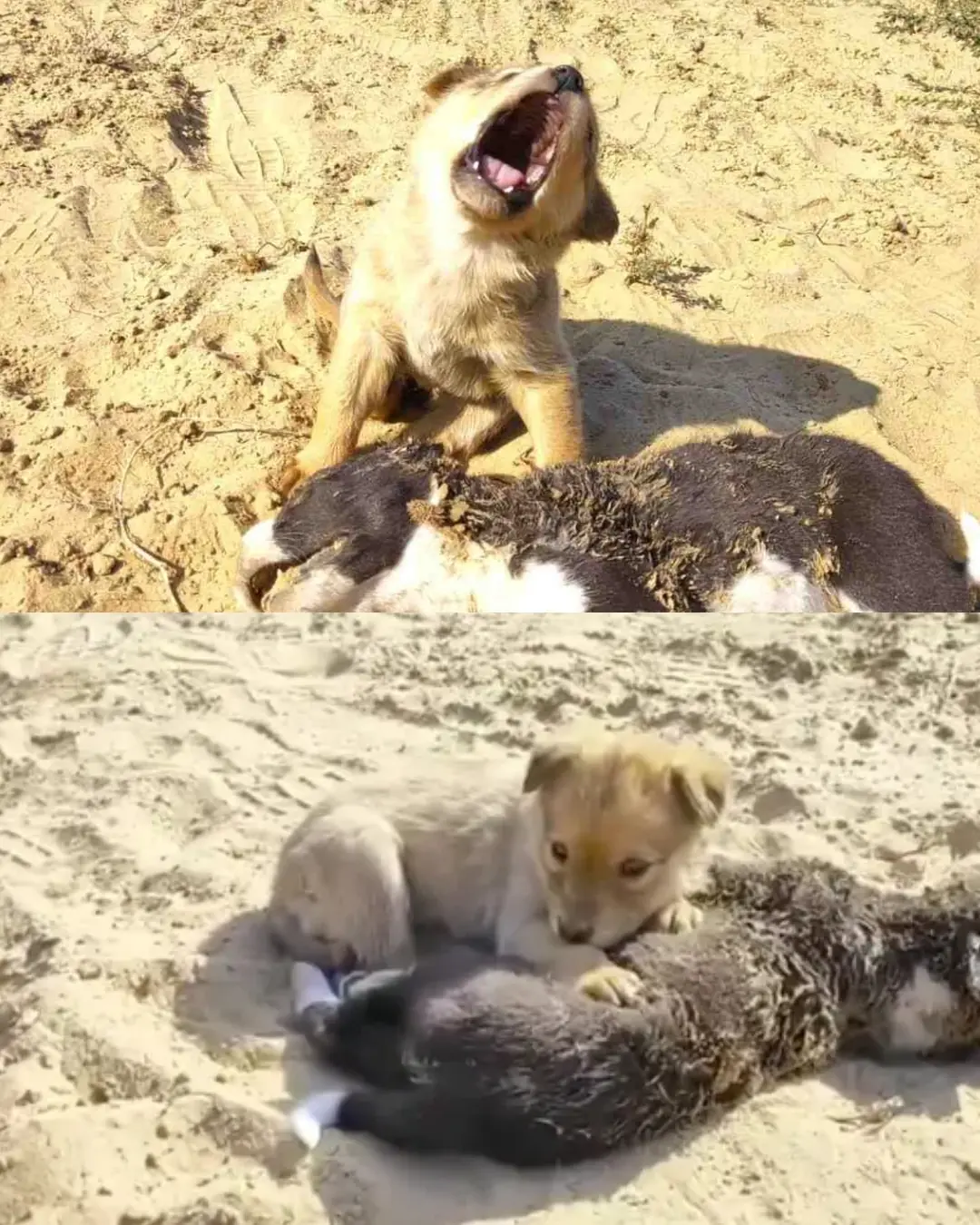
The Puppy Who Cried for His Brothers.

Mosaic of a Mother’s Heart — A Story of Breaking, Healing, and Becoming Whole Again.
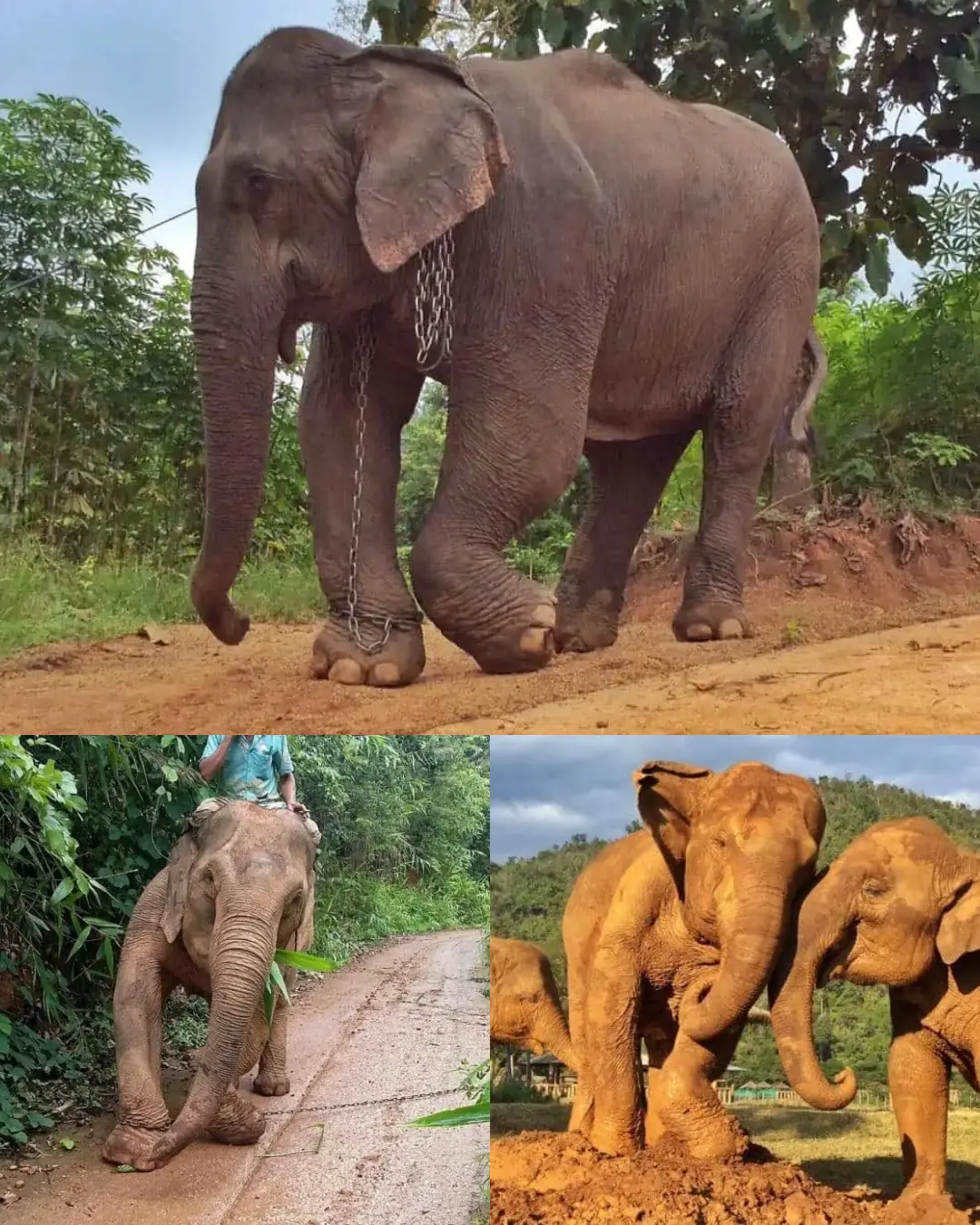
KaBu’s Last Day in Chains — and His First Day of Freedom.
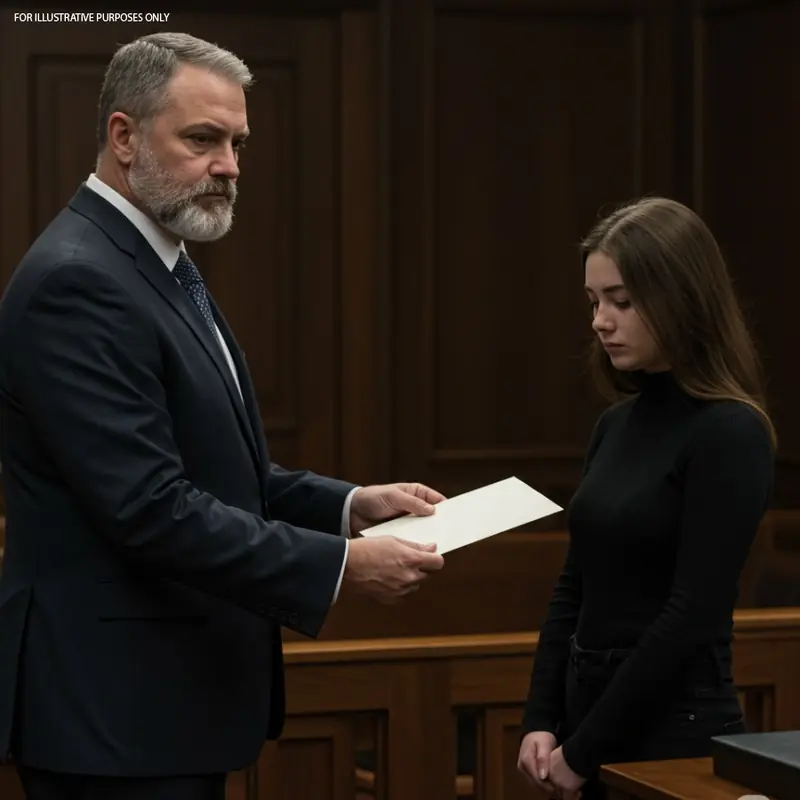
A LAST GIFT FROM MY FATHER THAT CHANGED MY FAMILY FOREVER
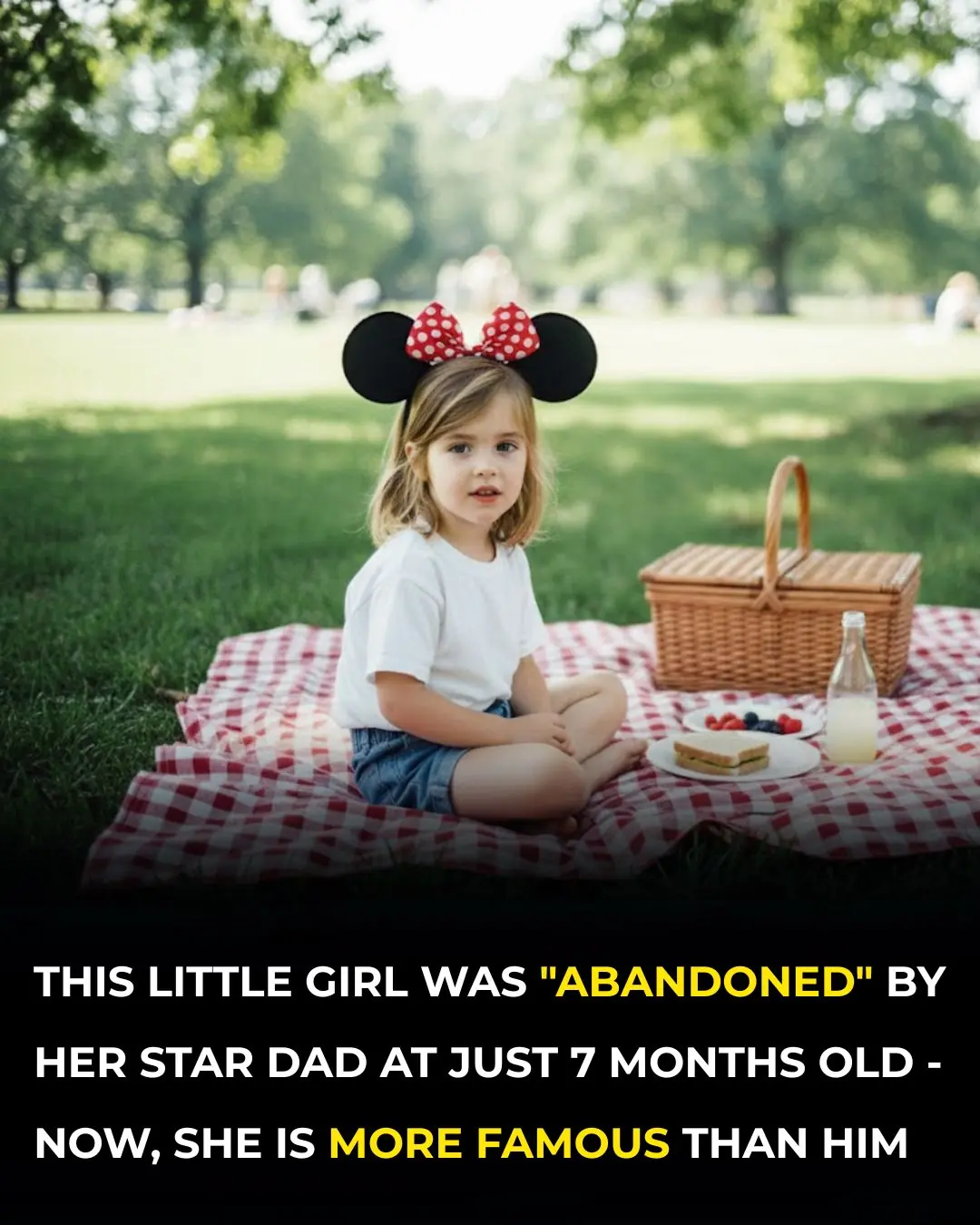
He’s The Brother Of A Hollywood Legend And A Dad Who Left His Baby Behind—Can You Guess This ’80s Heartthrob?
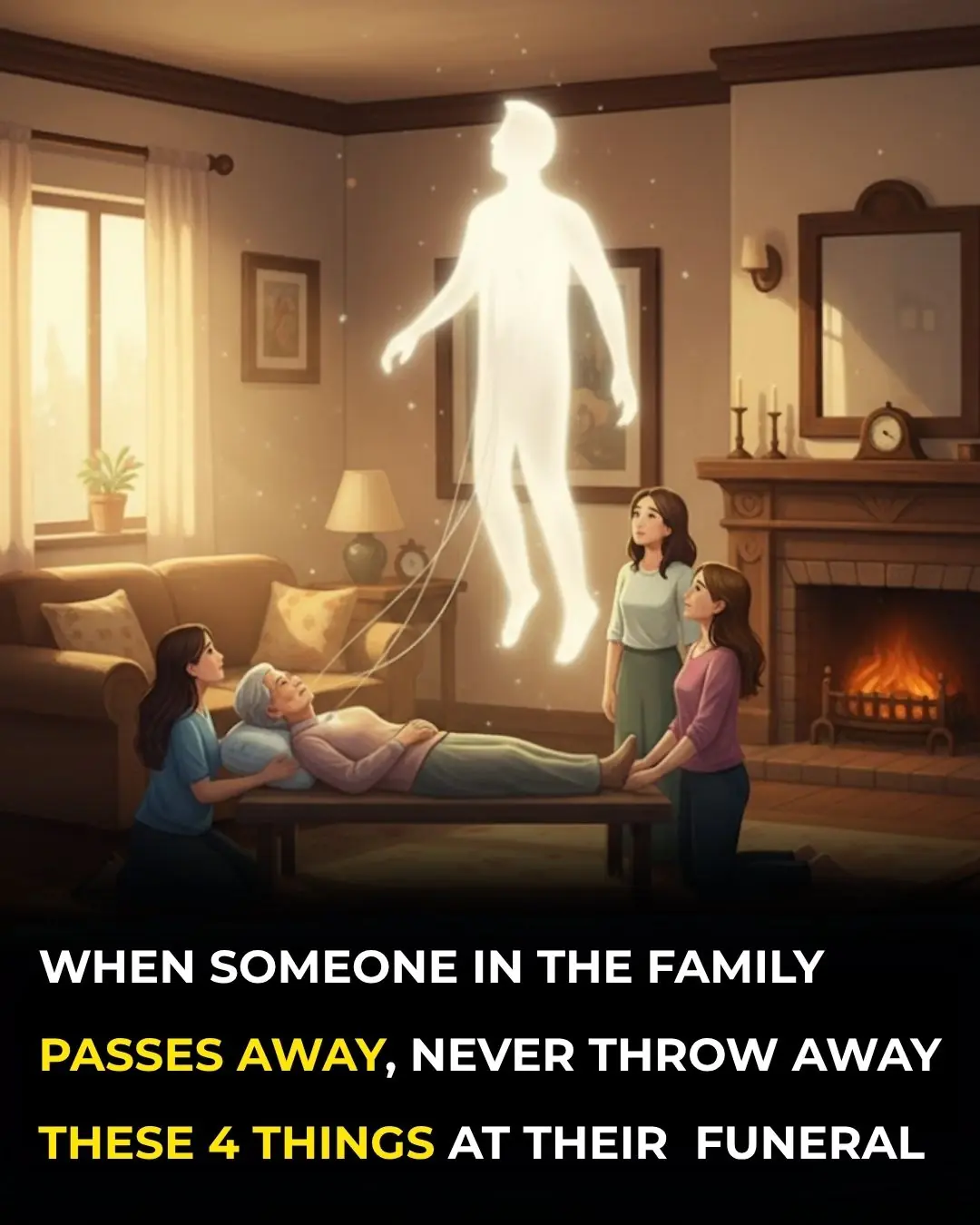
The Four Pieces In A Loved One’s Closet You’ll Regret Throwing Away

Many People Still Don’t Know The Meaning Behind Shoes Strung Up On A Power Line
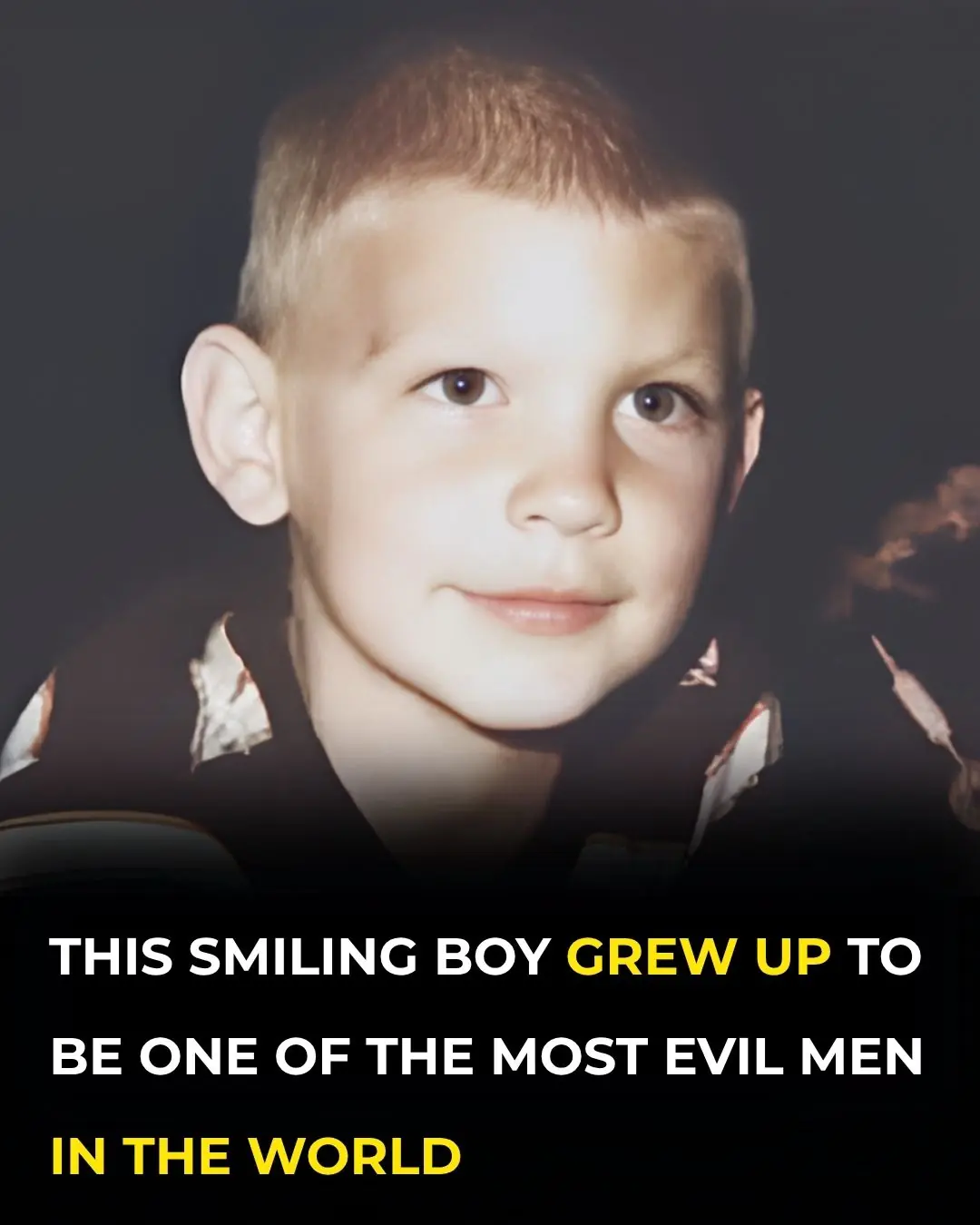
This Happy Little Boy’s Face Hid A Darkness That Would Shock The World
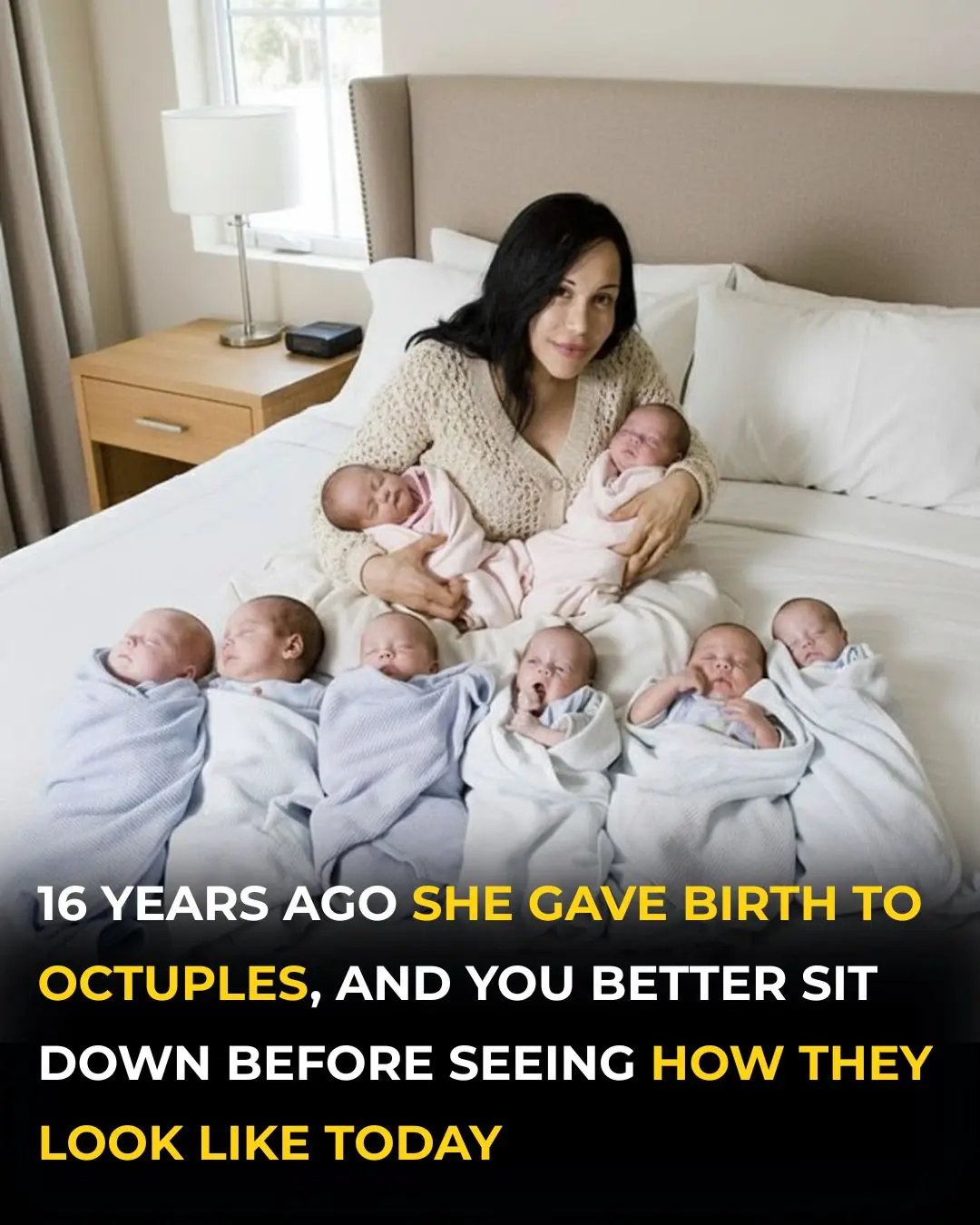
Off The RecordNadya Suleman, A Mom Of Octuplets Celebrates Their 15th Birthday
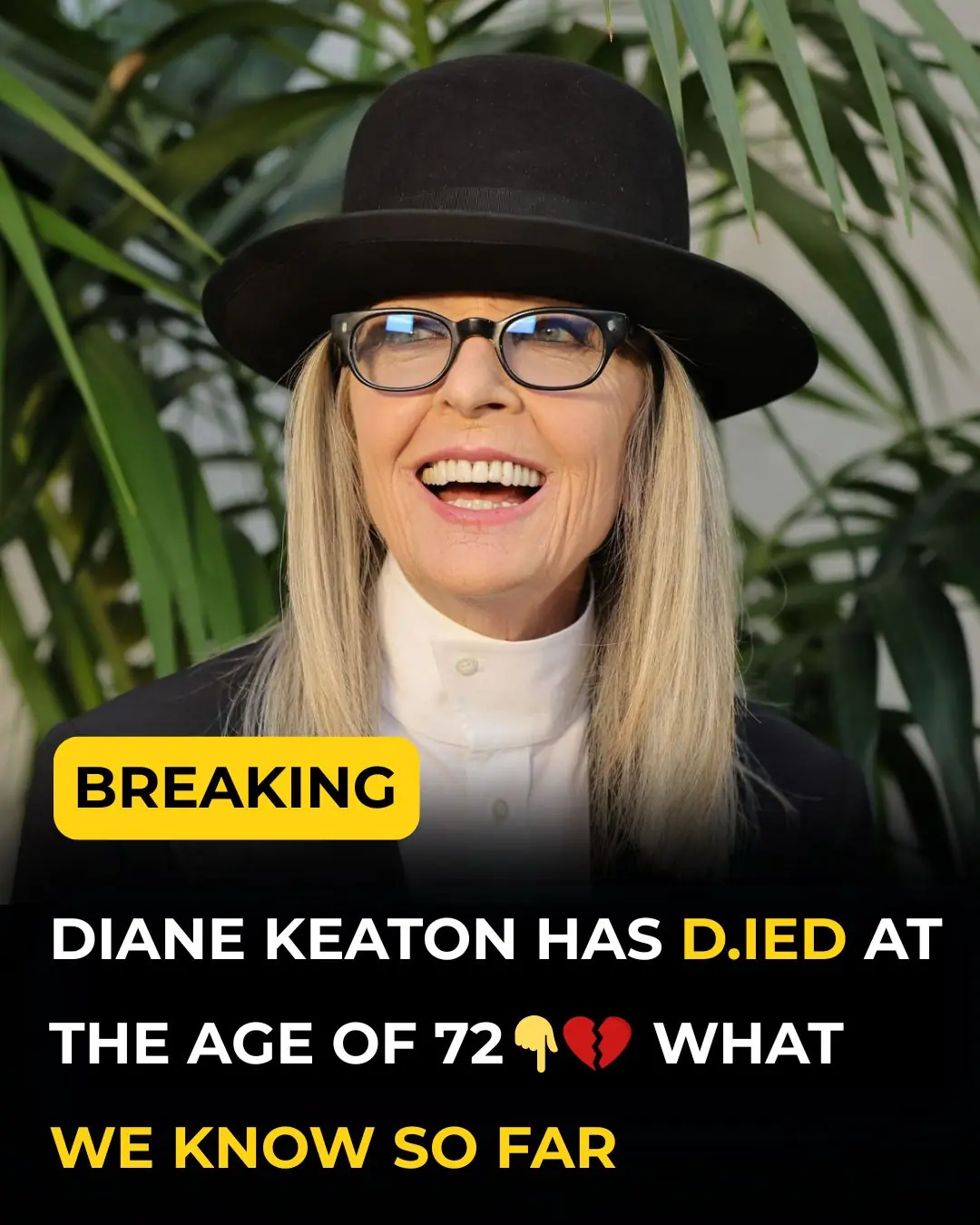
CelebrityDiane Keaton, Beloved Star Of “Father Of The Bride” And “The First Wives Club,” Dies At 79

Experts Reveal The Worst Places To Be If World War 3 Breaks Out — Some May Surprise You
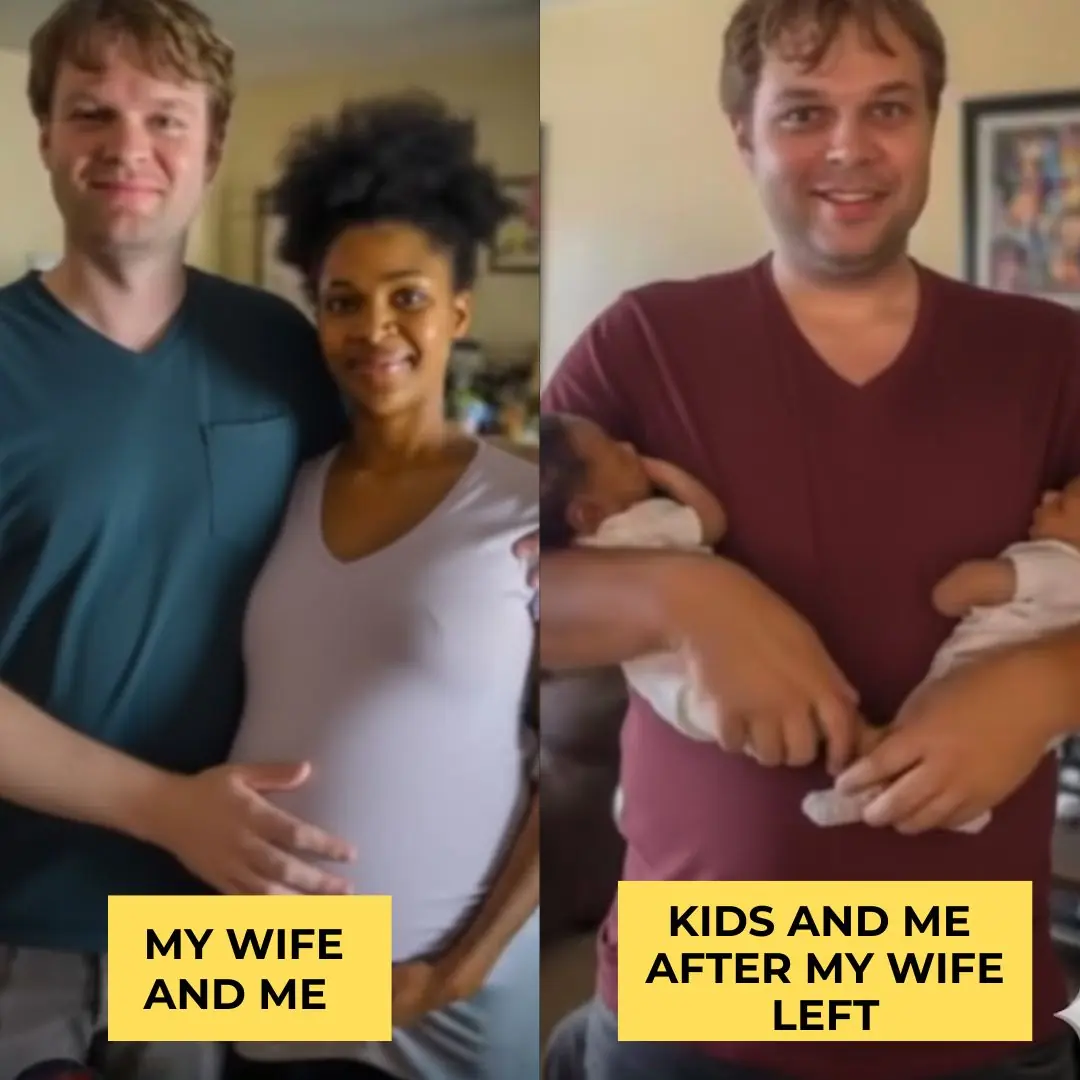
I Went To Pick Up My Wife And Newborn Twins From The Hospital — But She Was Gone, Leaving Only A Note
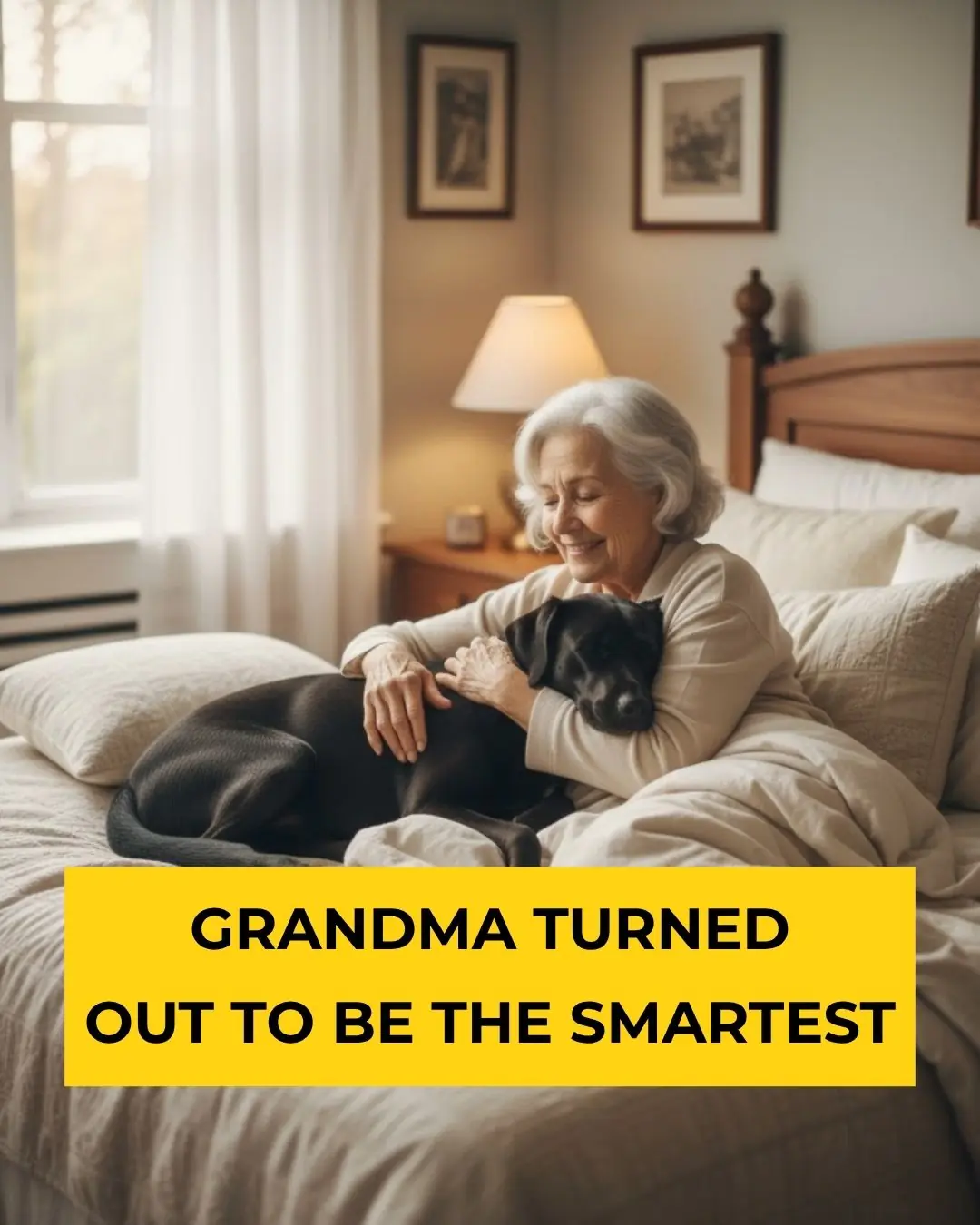
Off The RecordMy Family Argued Over Grandma’s Will—I Took Her Dog Instead And Found The Secret She Left Behind

A Camera Was Set Up To Watch A Disabled Cat — No One Expected What It Would Capture
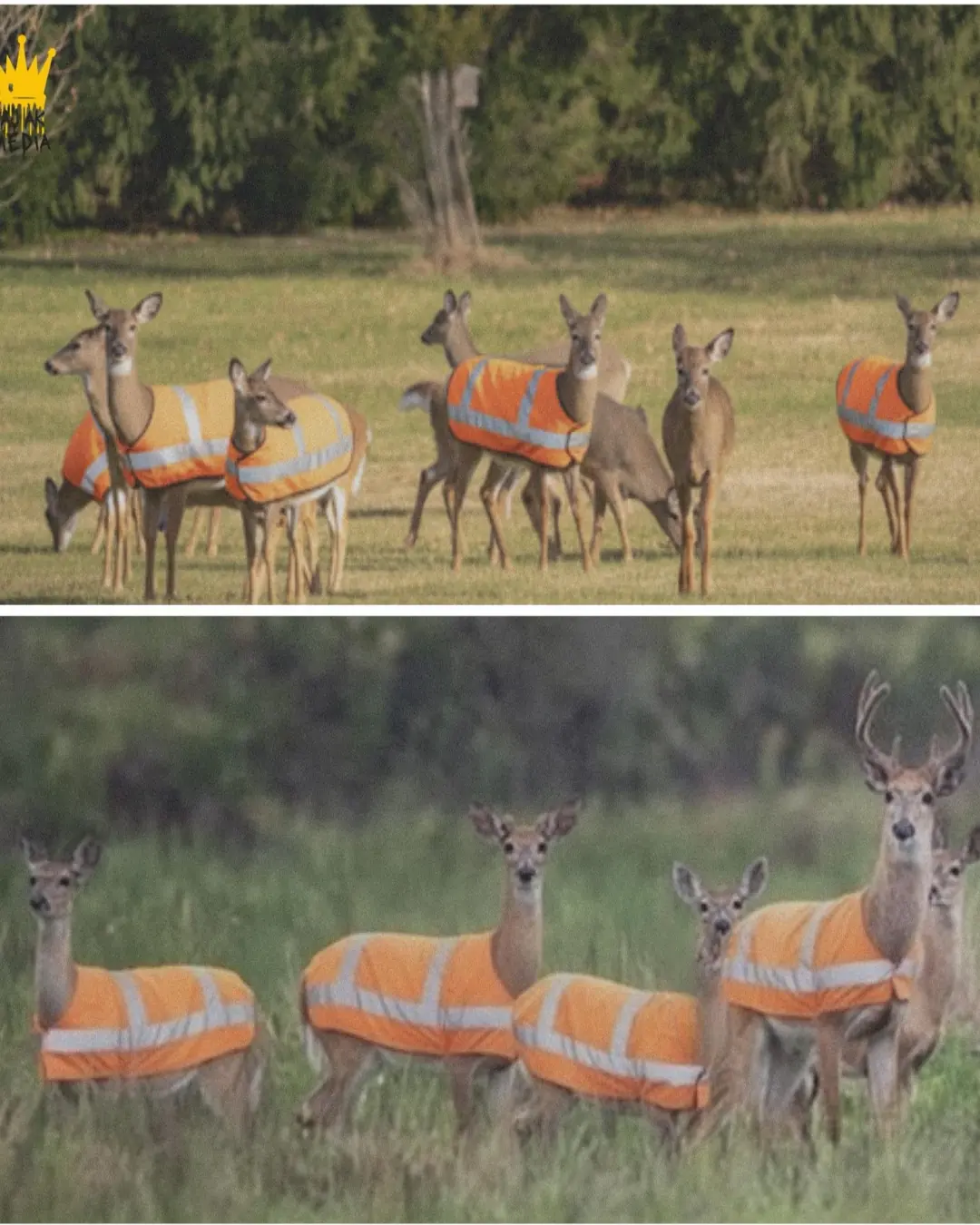
A Father’s Unusual Mission: Reflective Vests for Deer After Tragedy
News Post
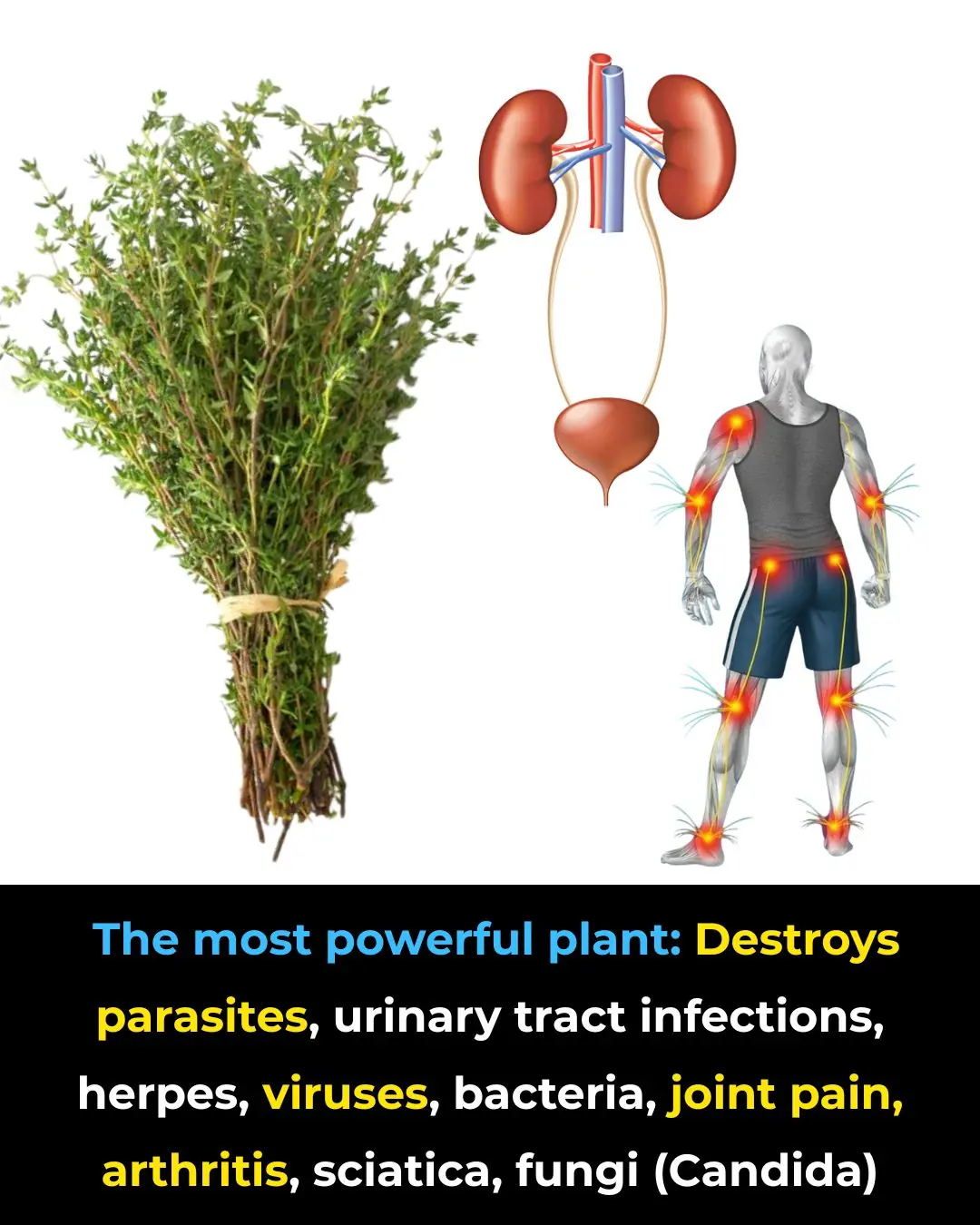
This Plant Is More Than Just a Kitchen Herb — It’s One of the Most Powerful on Earth

Many People Still Don’t Know The Meaning Behind Shoes Strung Up On A Power Line
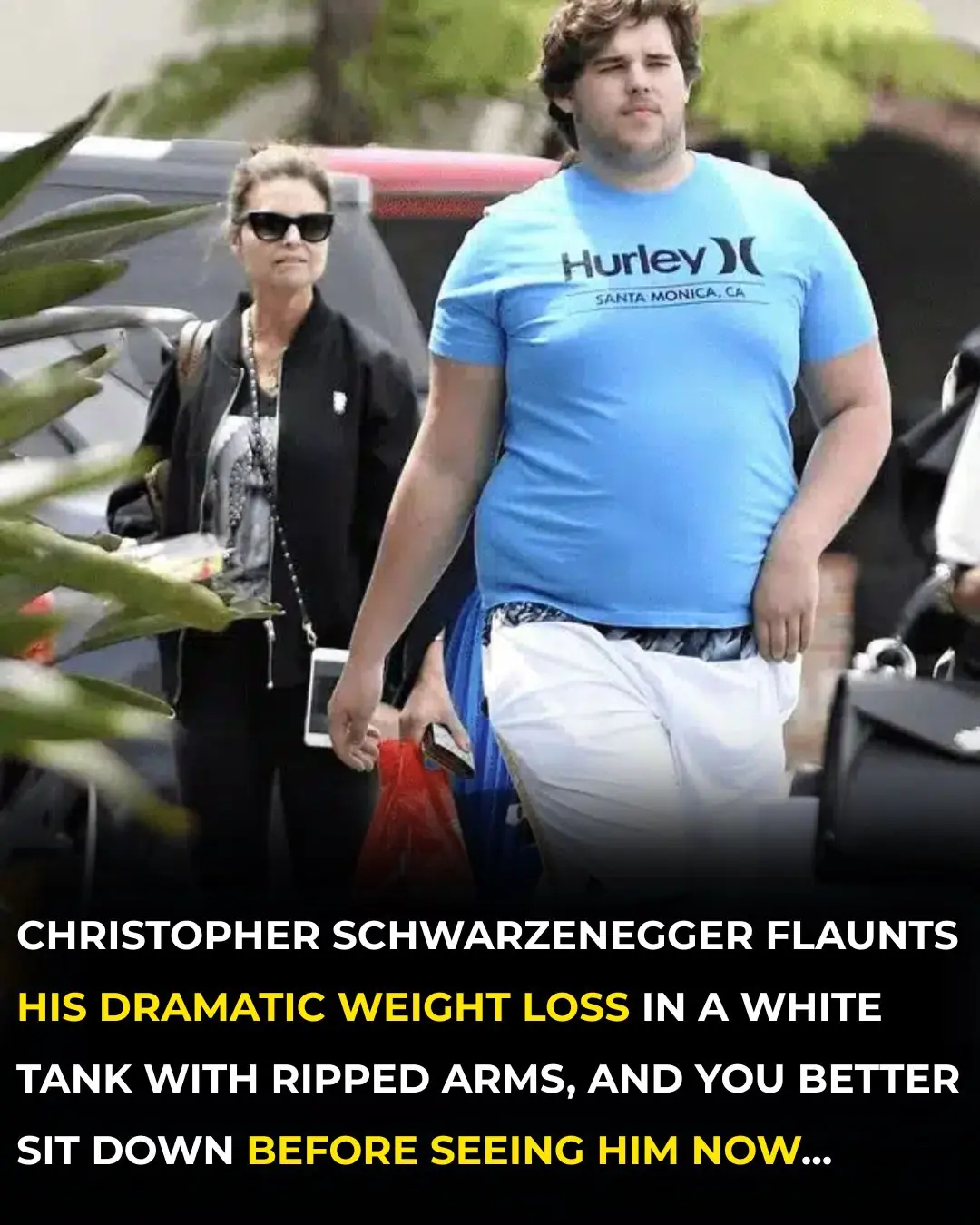
Arnold Schwarzenegger’s Son Continues His Impressive Weight-Loss Journey
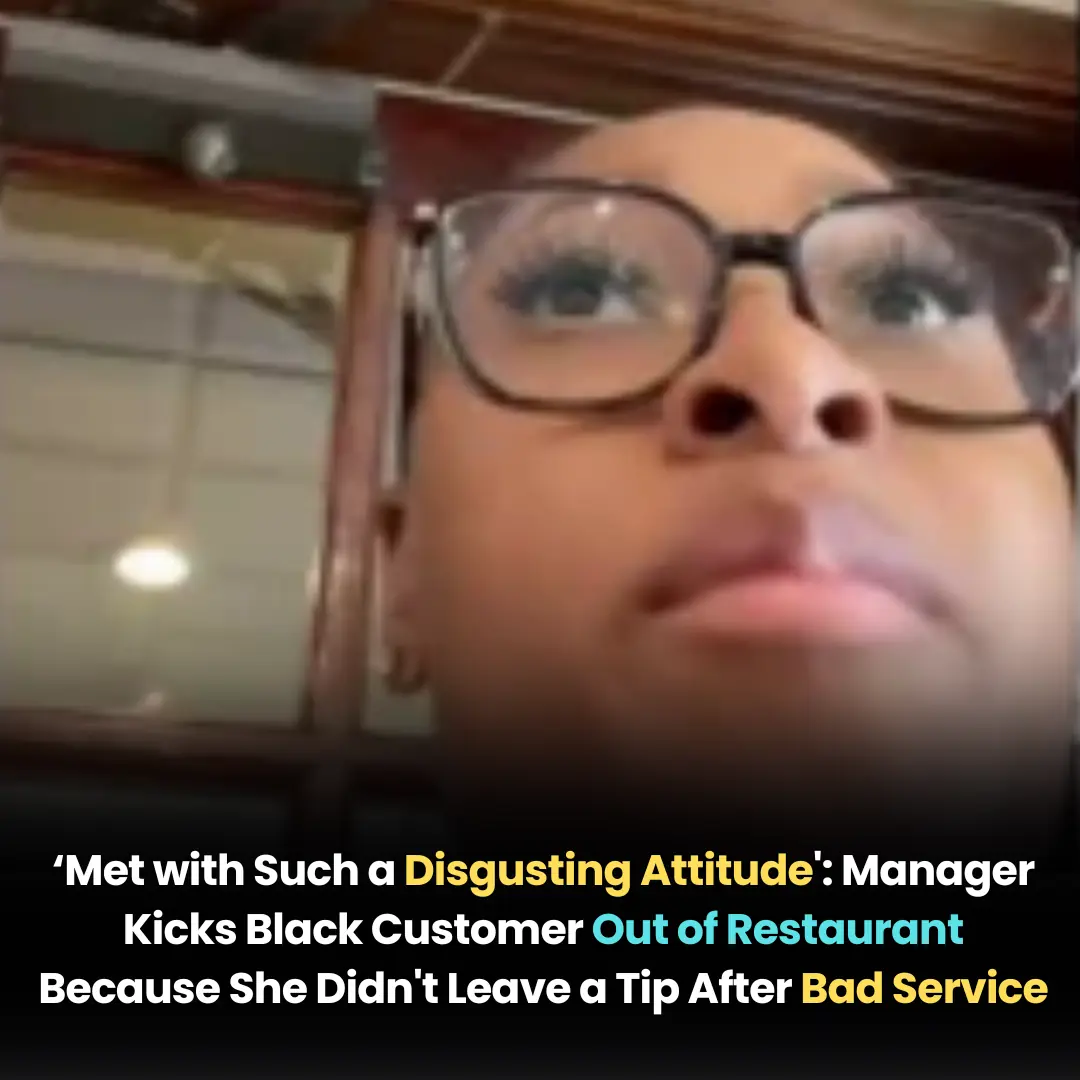
‘Get Out!’: Black Woman Banned from Restaurant After Refusing to Tip Waitress with ‘a Disgusting Attitude,’ But She Doesn’t Back Down, Video Shows

Stephen Hawking Predicts the End of the World Is Nearer Than We Think

Caroline Flack’s ex Lewis Burton says he’s received ‘online abuse’ in rare statement over Disney documentary

The Viral 70LB Baby That Was Featured On Jerry Springer Is All Grown Up, And You Better Sit Down Before Seeing Him Today

The Viral 70LB Baby That Was Featured On Jerry Springer Is All Grown Up, And You Better Sit Down Before Seeing Him Today
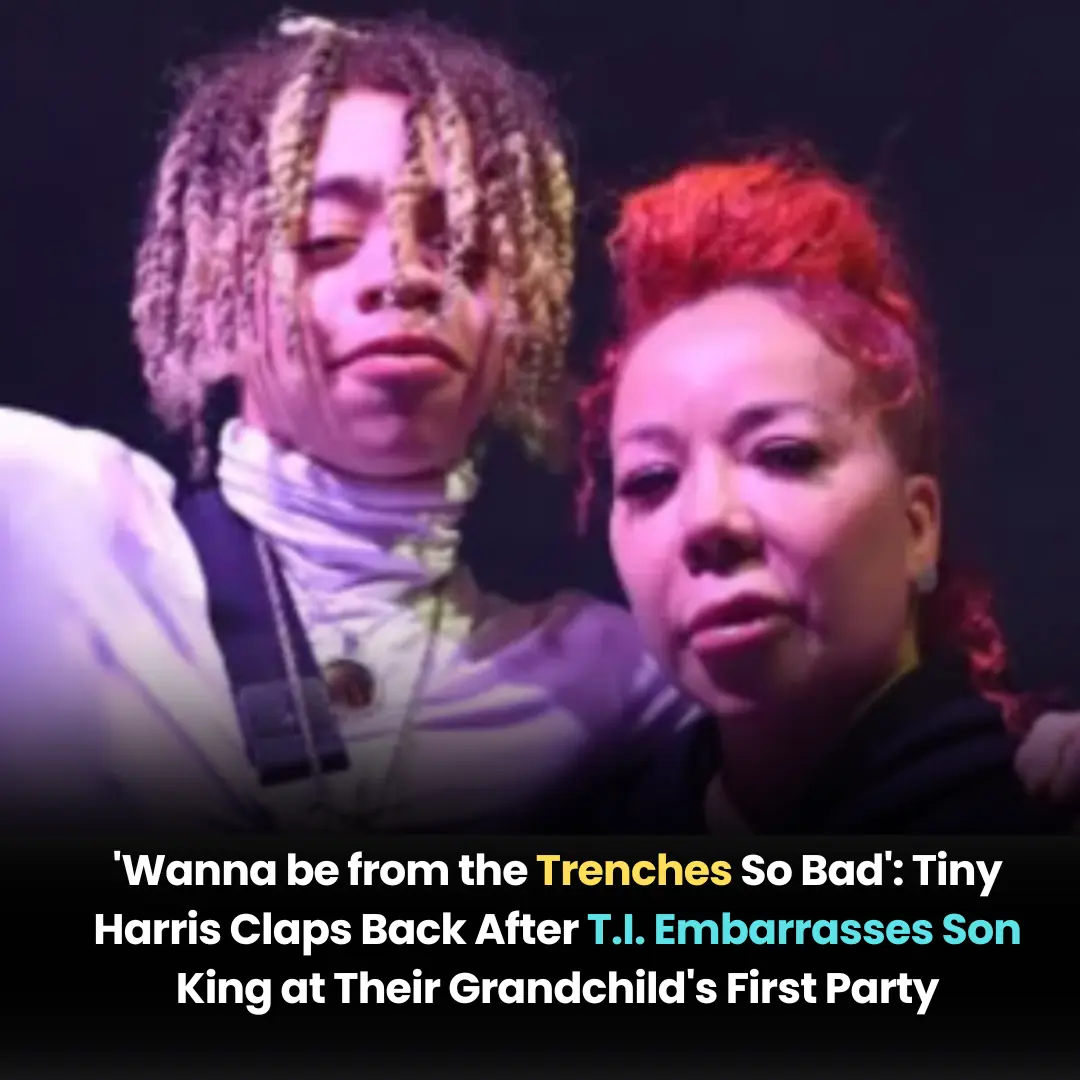
‘Wanna be from the Trenches So Bad’: Tiny Harris Claps Back After T.I. Embarrasses Son King at Their Grandchild’s First Party

3 Deadly Mistakes People Make with Water Heaters – Don’t Risk Your Life

The surprising vitamin that helps break down leg clots—are you getting enough?

Just Minced Meat, But Made This Way, It Becomes Irresistibly Delicious

Prince William steps out with King Charles for special Windsor Castle reception to mark Remembrance Day
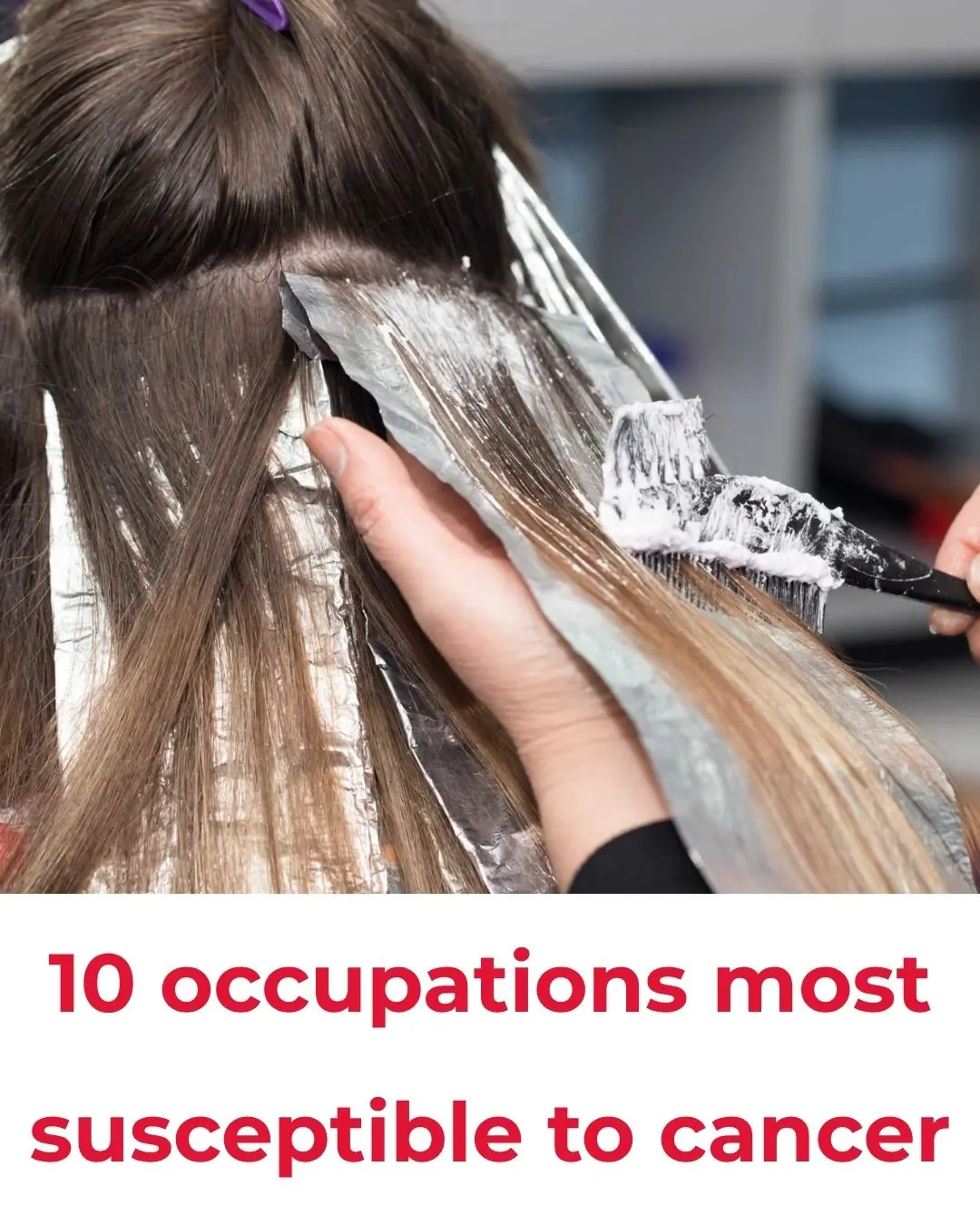
Top 10 Occupations with the Highest Risk of Cancer

Women Who Drink Perilla Leaf Water with Lemon at These 3 Times: Brighter Skin and a Slim Waist

Why Is the Left Burner of a Gas Stove Not Ideal for Cooking?

Kelly Brook ‘horrified’ as GP offers her weight-loss jabs ahead of I’m A Celebrity stint: ‘I love my curves!’

Is It Dangerous to Stay Inside a Car During a Lightning Storm?

Tips to Distinguish Naturally Ripened Bananas from Chemically Ripened Ones
